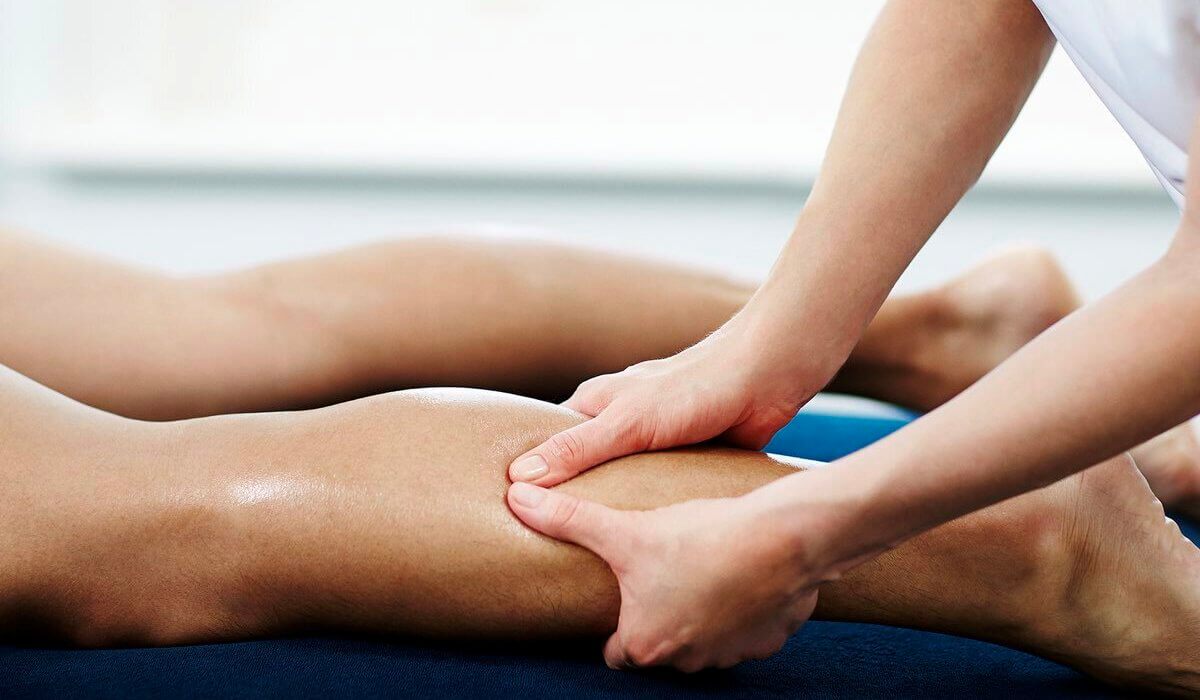
The Sports Therapy profession is a relatively new one amongst the manual therapy disciplines which can bring confusion and misunderstanding to what we actually do. Due to this, I thought I’d do my best to answer the most common questions I get asked in clinic as a Sports Therapist. So, here goes…
1. What is a Sports Therapist?
A Sports Therapist is an allied health professional who is specifically concerned with providing immediate care of injuries in a recreational, occupational or competitive environment. We use the principles which underpin sport and exercise science to optimise performance, prepare the body for any level of activity and provide injury prevention programs for the general population to high level athletes.
The core responsibilities of a Sports Therapist is to assess, treat, rehabilitate patients back to full functional health and fitness and if appropriate, refer on for specialist advice and intervention. We are highly trained in a range of manual therapy techniques including massage, joint mobilisation, sports taping and therapeutic ultrasound. What sets us apart from other professions is our rehabilitation knowledge. A degree qualified Sports Therapist will also have a high level of training in sports science disciplines such as sports psychology, nutrition, biomechanics and physiology. All of which are important factors to consider when getting patients better and functioning at their highest level of performance.
2. What’s the difference between a Sports Therapist and a Physiotherapist?
This is probably the most common question I get asked in clinic as both titles tend to be used under the generic term of ‘physio’. It is important to know that both have significant differences and both are highly trained in their own fields. Firstly, a Sports Therapist is trained specifically to assess and treat any condition involving the musculoskeletal (MSK) system whilst rehabilitating the individual/ athlete back to full occupational or sporting performance. A Sports Therapist can either work in a clinical or sporting setting and has extensive training in management of pitch side trauma management. Physiotherapists differ in that they are primarily trained to work within the NHS and thus have a wide scope of hospital and post surgical based practice dealing with patients with a wide range of conditions such as strokes, cardiac and neurological issues. The aim of the physiotherapist is to rehabilitate patients making them feel comfortable functioning in their day to day lives. Many physiotherapists choose to specialise in MSK and sports care during their careers switching to either clinical settings or sports teams making the role very similar to that of a Sports Therapist.
3. I am not an athlete or don’t do any sport. Can I still see a Sports Therapist?
Most definitely! Sports Therapists are highly skilled in working with the bones, joints and muscles of the body and obviously everyone has these from sedentary office workers to professional athletes. By using similar techniques for both types of patient, we will identify the root cause of the problem, treat the injury with the required manual therapy whilst prescribing specific rehabilitation exercises to get you functioning better whether this is taking the dog for a walk or competing in an ironman triathlon! In the clinic we treat people from all ages and walks of life from children with growing related pains such as Osgood-Schlatters disease to elderly patients with degenerative hip or knee joints. The goal is to get you functioning as best as you possibly can whatever age or ability. Once we’ve got you back functioning at your best, our long term goal then becomes keeping you that way, so you can always live your best life.
4. How many sessions will I need before I can get back to doing my sport?
This is a very tricky question to answer and is similar to the old adage of “How long is a piece of string?” There are many different factors which determine the healing of injuries; the severity of the injury, how long the injury has been present for, the current general health of the patient and most importantly how well they adhere to their home rehabilitation! It is the role of the Sports Therapist to make clear to the patient the different stages and time frames of tissue healing. For example a grade 1 calf muscle strain picked up from running will take a significantly shorter time to heal compared to a chronic achilles tendinopathy which started 6 months ago! For this reason you should always get your pains and niggles checked ASAP, as the longer you leave them, the longer they will take to resolve. Our aim at the Care For Health is to get you back doing the activities or sport that you love and then prevent the injury/discomfort from returning.
I really hope this has given you a clearer insight to the role of a Sports Therapist and what we do. If you or someone you know of is suffering with any type of injury please don’t hesitate to get in contact with us at Care for Health so we can put you back on the path to doing what you love.
Adam Harrison
Sports Therapist

